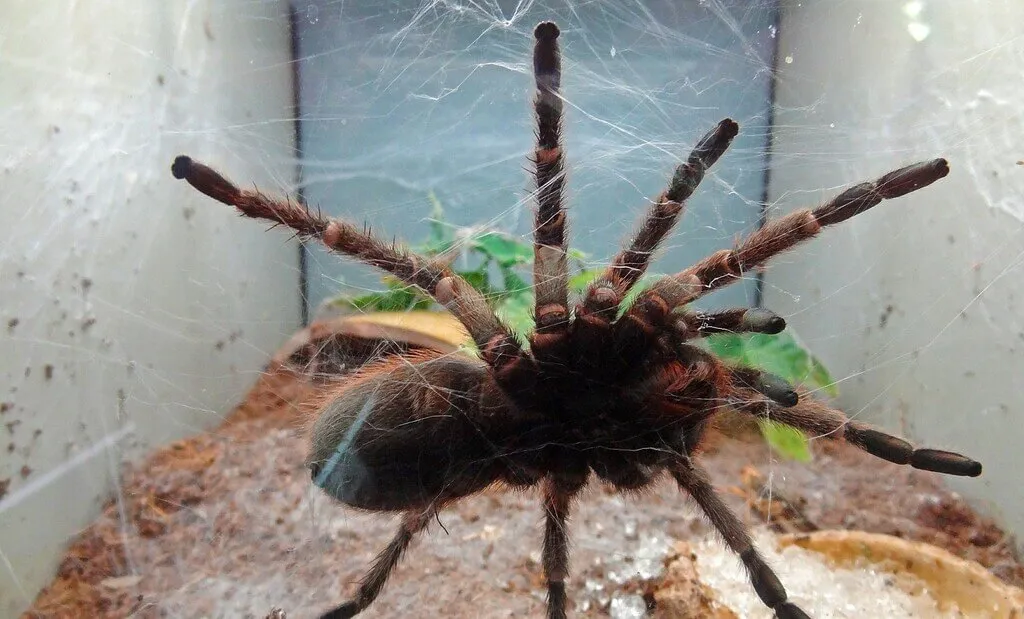Pink Toe Tarantula Temperature Needs
Caring for a Pink Toe Tarantula, like any exotic pet, involves understanding its environmental needs. Temperature is a critical factor that significantly impacts their health, activity levels, and overall well-being. Pink Toes, native to warmer, tropical environments, require specific temperature ranges to thrive in captivity. This article will explore the essential aspects of maintaining the correct temperature for your Pink Toe Tarantula, ensuring they live a long and healthy life. From the ideal temperature range to the methods of monitoring and regulating heat, we’ll cover everything you need to know to create a comfortable and safe habitat for your arachnid companion.
Ideal Temperature Range
The ideal temperature range for a Pink Toe Tarantula generally falls between 75 to 80 degrees Fahrenheit (24 to 27 degrees Celsius). Maintaining this temperature range is crucial for several reasons. It replicates the natural habitat of these tarantulas, which are accustomed to warm, humid conditions. Temperatures outside this range can lead to various health issues, including slower metabolism, reduced appetite, and decreased activity. It’s important to note that while a few degrees variation is usually acceptable, prolonged exposure to temperatures outside this range should be avoided.
Why Temperature Matters
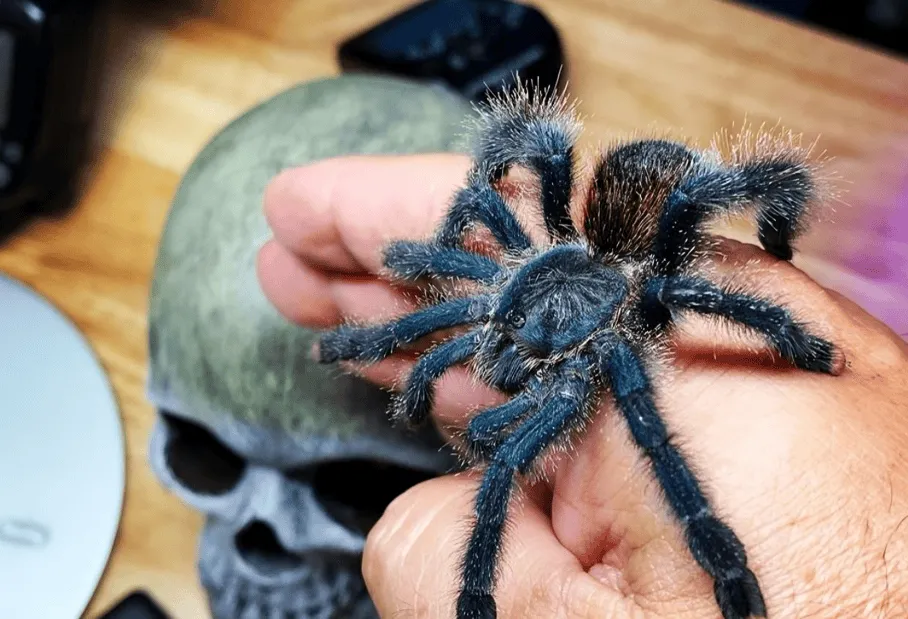
Temperature plays a vital role in a Pink Toe Tarantula’s physiological processes. It affects their metabolism, digestion, and molting cycles. A tarantula’s metabolism is directly linked to its body temperature; thus, a warmer environment speeds up metabolic processes, allowing them to digest food more efficiently. This is especially important for young tarantulas that need to molt frequently as they grow. Furthermore, temperature influences the tarantula’s activity levels, encouraging them to explore their habitat and hunt for food. When the temperature is too low, they may become lethargic and lose their appetite, potentially leading to health complications. Conversely, excessive heat can be equally dangerous, so maintaining the correct temperature is crucial for their well-being.
Monitoring the Temperature
Regularly monitoring the temperature in your Pink Toe Tarantula’s enclosure is essential for ensuring their comfort and health. Using a reliable thermometer is the most straightforward way to keep track of the temperature. Digital thermometers with probes are a great option because they allow you to measure the temperature at different points within the enclosure, providing a more accurate understanding of the temperature gradient. Place the probe in a location where the tarantula spends most of its time, such as near the top of the enclosure. Also, you should always keep an eye on the thermometer’s readings. This allows you to make quick adjustments to the heating system when necessary. Make sure to check the temperature at least once a day, or more frequently if you are using a new heating method. This ensures that the temperature stays within the optimal range.
Heating Methods
Several methods can be used to maintain the correct temperature for your Pink Toe Tarantula. The choice of heating method depends on your specific needs, the enclosure type, and your local climate. The key is to provide a consistent and safe heat source. Here are two popular methods you can use.
Heat Lamps
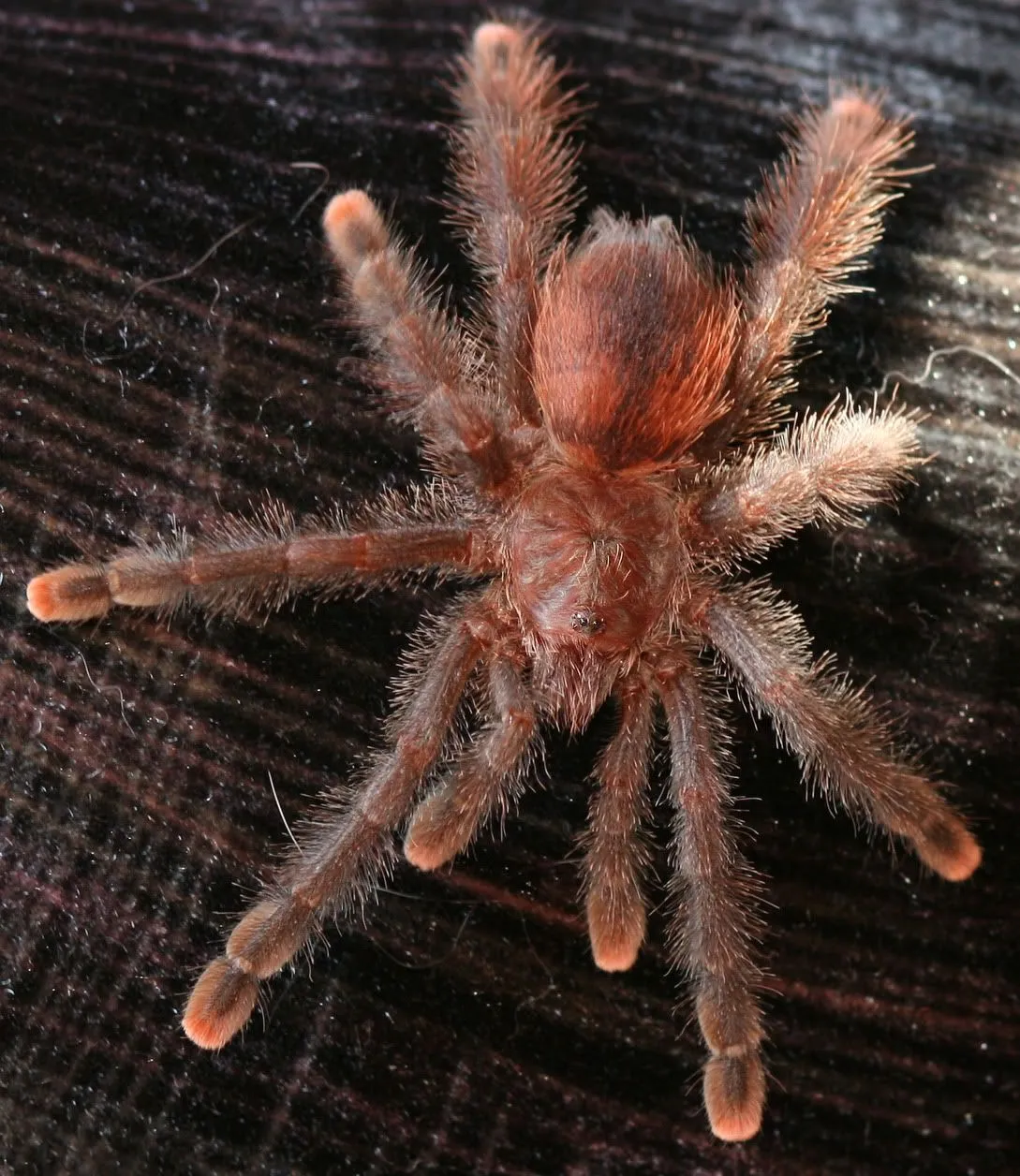
Heat lamps are a common heating method, especially for larger enclosures. They work by emitting infrared heat, which warms the air in the enclosure. Heat lamps are easy to install and can be adjusted to control the temperature. When using a heat lamp, make sure to use a ceramic heat emitter (CHE) rather than a colored bulb, as colored bulbs can disrupt the tarantula’s day-night cycle and may not provide adequate heat. Place the lamp outside the enclosure to prevent your tarantula from getting burned. Regulate the temperature by adjusting the lamp’s distance from the enclosure or by using a thermostat to control the heat output. Heat lamps are best for providing ambient heat and creating a consistent temperature throughout the enclosure. The image above shows how a heat lamp might be set up, but always follow safety guidelines.
Heat Mats
Heat mats, or under-tank heaters (UTHs), are another popular heating option. These mats are placed under or on the side of the enclosure and provide a gentle, consistent heat source. They are particularly useful for smaller enclosures and offer an even distribution of heat. Heat mats are easy to install and can be used with a thermostat to maintain a specific temperature. When using a heat mat, make sure to place it on the side or under a portion of the enclosure rather than covering the entire bottom. This creates a temperature gradient, allowing the tarantula to move to cooler areas if it gets too warm. Always use a thermostat with a heat mat to prevent overheating. Ensure the heat mat covers no more than one-third of the enclosure floor area.
Placement and Safety
Regardless of the heating method you choose, proper placement and safety are crucial. Always place heat sources outside the enclosure to prevent your tarantula from direct contact and potential burns. When using heat lamps, ensure they are securely mounted and positioned to avoid any risk of falling. With heat mats, make sure they are not in direct contact with the enclosure substrate, as this could lead to overheating. Always use a thermostat to regulate the temperature, preventing both overheating and underheating. Regular inspections of your heating equipment are also necessary. Check for any signs of damage, such as frayed cords or malfunctioning thermostats, and replace them immediately if any issues are found.
Humidity and Temperature Relationship
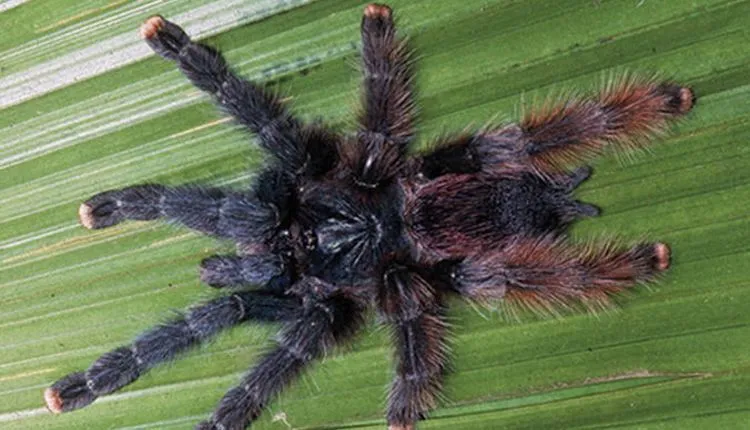
Temperature and humidity are closely linked in the Pink Toe Tarantula’s habitat. These tarantulas thrive in warm, humid environments, so maintaining the correct balance of both is essential for their health. While temperature is crucial, the humidity level also affects their molting process, hydration, and overall well-being. As the temperature increases, the humidity level tends to decrease. Therefore, you need to adjust the humidity levels according to the temperature to make sure the enclosure is within the ideal parameters. Monitoring both temperature and humidity simultaneously and making appropriate adjustments helps create a balanced and healthy environment.
Maintaining Humidity
Maintaining the proper humidity level for a Pink Toe Tarantula involves several strategies. Misting the enclosure with dechlorinated water is the most common method, but you should only mist a small portion to avoid making the substrate soggy. The substrate itself plays a role in maintaining humidity; coco coir or a similar substrate holds moisture well. Proper ventilation is also crucial. It ensures that excess moisture doesn’t lead to mold or fungal growth, which can harm your tarantula. To maintain humidity, you can add a water dish to the enclosure, which evaporates slowly and increases the humidity. Monitoring the humidity with a hygrometer is essential to ensure it stays within the ideal range of 65-75%. Adjust misting frequency and the amount of water used based on the readings from the hygrometer.
Signs of Temperature Problems
Knowing how to identify signs of temperature problems is essential to ensuring the health of your Pink Toe Tarantula. Recognizing these indicators early on can help you prevent serious health issues. Here are some key signs to watch out for.
Overheating
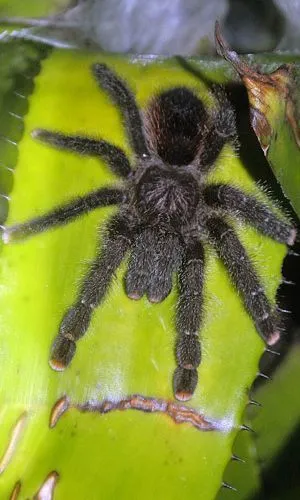
Overheating is a serious threat to your Pink Toe Tarantula. If the temperature in the enclosure gets too high, the tarantula may exhibit several symptoms. These include restlessness, lethargy, and a loss of appetite. You might also notice the tarantula trying to escape the enclosure or seeking cooler areas. In extreme cases, they may be unable to move, or they might even die. If you observe any of these signs, you should immediately adjust the temperature by turning off the heat source or moving the enclosure to a cooler location. Regular monitoring with a reliable thermometer is crucial for preventing overheating and ensuring the safety of your tarantula.
Chilling
Chilling, or being exposed to temperatures that are too low, can also harm your Pink Toe Tarantula. Tarantulas in cold environments become sluggish and inactive; they may refuse to eat, and their metabolism will slow down considerably. Long-term exposure to low temperatures can lead to serious health complications, including respiratory infections and failure to molt. If you suspect your tarantula is too cold, increase the temperature gradually. Do not use sudden changes, as this could shock them. Always make sure that your heating equipment is functioning correctly and is capable of maintaining the required temperature range. Regularly monitor the enclosure’s temperature to ensure the tarantula’s comfort and well-being.
Other Important Care Factors
While temperature is a critical aspect of Pink Toe Tarantula care, other factors are also important to create a healthy and safe environment. The following elements ensure your tarantula’s long-term health and happiness.
Ventilation and Airflow
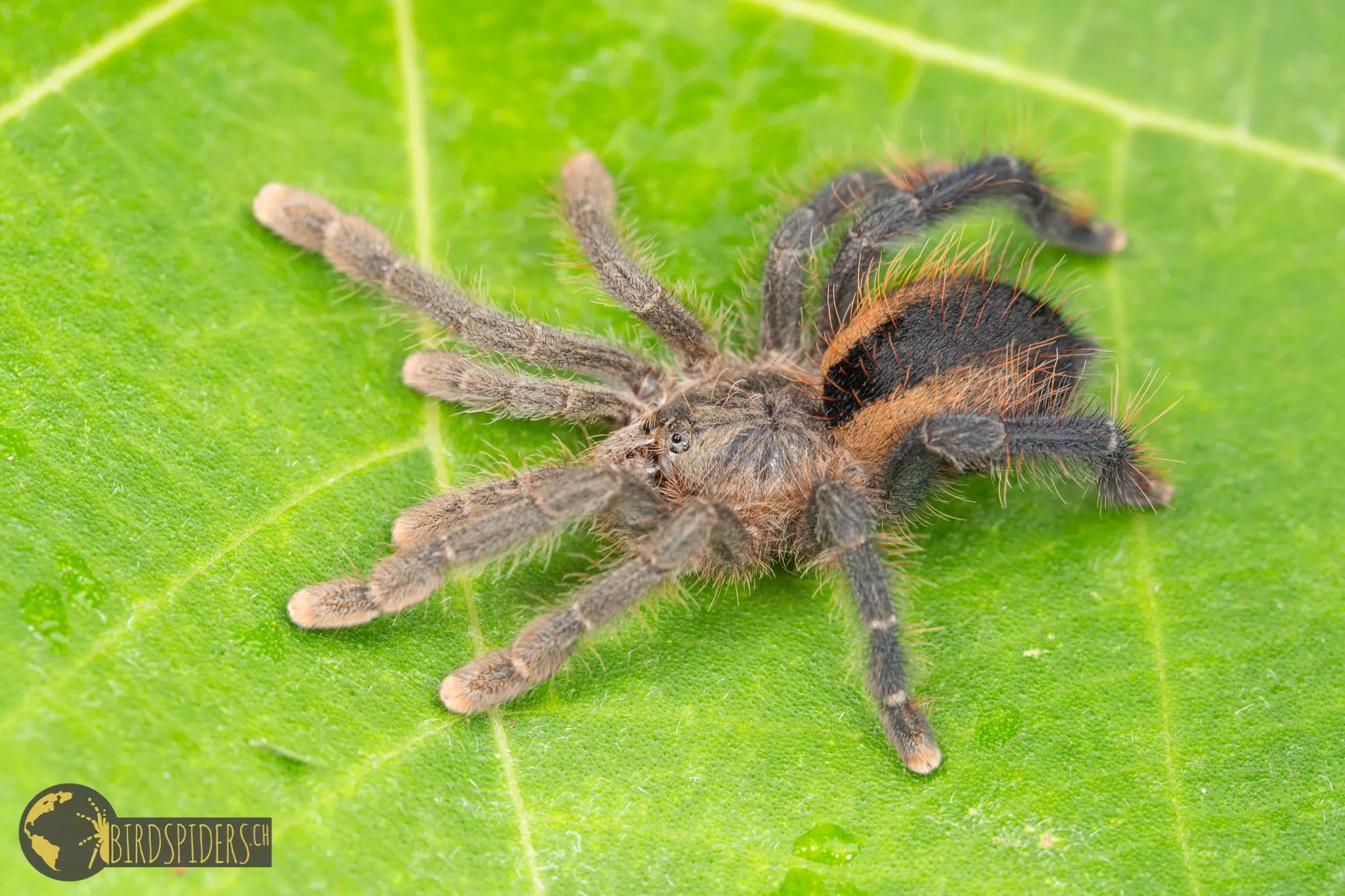
Proper ventilation is crucial for a Pink Toe Tarantula’s health. Good airflow prevents the buildup of harmful bacteria, mold, and stagnant air, which can cause respiratory infections. A well-ventilated enclosure ensures the tarantula’s environment remains fresh and clean, reducing the risk of health problems. When setting up the enclosure, make sure there are adequate ventilation holes, ideally near the top and sides. This will promote air circulation. Avoid enclosures with poor ventilation, as they could trap moisture and cause excessive humidity, leading to potential health issues. Regularly check the enclosure for signs of condensation or excessive moisture, which could indicate inadequate ventilation. Always ensure a balance between airflow and humidity to meet the needs of your tarantula.
Substrate and Enclosure
The type of substrate and enclosure you choose also influences temperature and overall habitat conditions. The substrate should be able to retain some moisture to help maintain humidity, such as coco coir or a mix of peat moss and vermiculite. A suitable enclosure should provide ample space for the tarantula to move around and exhibit natural behaviors. It should also have a secure lid to prevent escape. The enclosure size should be appropriate for the tarantula’s size, with larger enclosures being better for adult tarantulas. The substrate also plays a role in regulating the temperature in the enclosure, as it can help to insulate and maintain a stable environment. Make sure to provide the proper substrate and enclosure size to maintain the temperature and promote your tarantula’s health.
In conclusion, maintaining the correct temperature for your Pink Toe Tarantula is essential for their health and well-being. By understanding the ideal temperature range, monitoring methods, and potential problems, you can ensure your tarantula thrives. Remember that temperature is just one aspect of their care. Combining it with proper humidity, ventilation, and a suitable enclosure will provide your tarantula with a safe, comfortable, and enriching habitat.
